The Circuit Breaker (CB) measures are lifting, signifying a small victory in Singapore’s fight against COVID-19. The air of relief is palpable across the island. At long last, life in the city may return to some semblance of normalcy.
Interestingly, the semi-lockdown experienced by citizens have spurred many to explore the nearby parks and trails. Unfamiliar faces now crowd familiar spaces, sometimes to the chagrin of the venues’ pre-CB regulars. Sure, there is room for improvement in terms of practicing the right running etiquette among novice runners. But by and large, it’s good to see that more people are picking up our beloved sport for health and recreational reasons.
Of course, not everyone would continue their training runs once the CB measures are lifted. When the various sporting facilities reopen, it’s likely that many would return to their favourite sports. Even so, a good number may pursue their new interest in running. Some may even decide to kick it up a notch and sign up for races.
Herein then lies the basic question that comes to mind amongst those embarking upon their journey to become a ‘serious’ runner: “How should I pick a running shoe?”
(1) Aesthetics
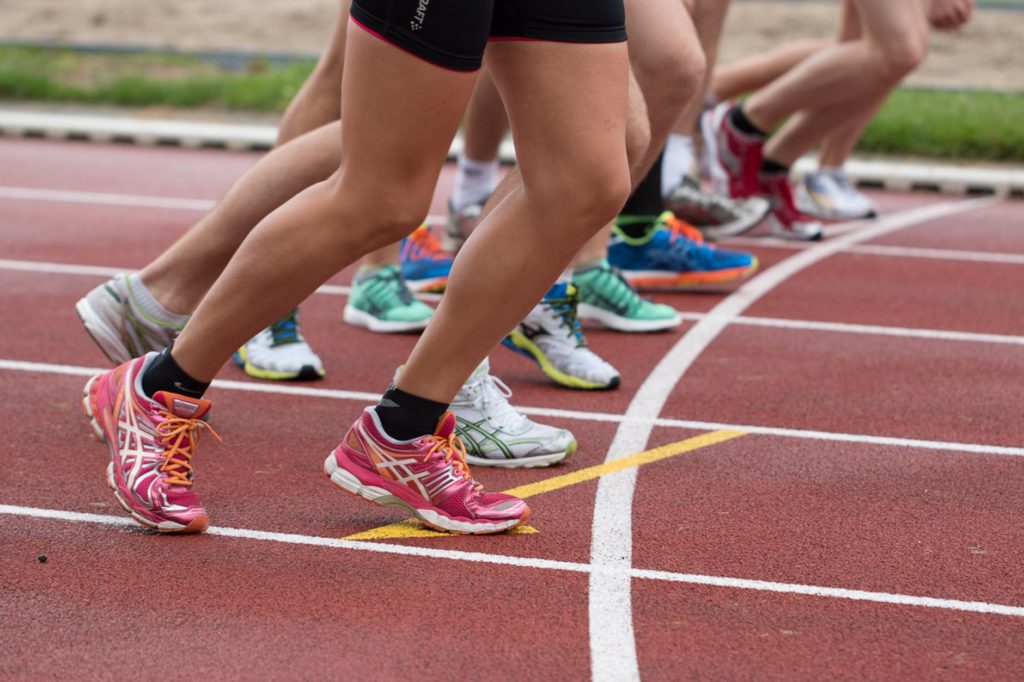
Looks aren’t everything, but when it comes to motivation, donning a fresh pair of stylish running shoes goes a long way in getting us out onto the road. Colours, silhouette, and design are all visual cues that influence our decision on whether we’ll even consider of a pair of shoes or not.
Human bias is such that we will repeatedly reach for what we find attractive. Hence, pick shoes that are visually appealing to you. If you believe you look good, you’ll feel good. If you feel good, you’ll run better. Still, beauty is only skin deep. Having a pair of stylish sneakers may get you running, but if they’re downright uncomfortable, that first run in them may well be its last!
(2) Fit
Having narrowed down a couple of attractive shoes, it’s now time to try them on! Contrary to popular belief, modern running shoes rarely require a ‘break in’ period. That ‘break in’ mindset probably trickled down from the 1980s, when most running shoes were typically made from stiff leather, suede and nylon.
With synthetic materials such as engineered mesh and knitted uppers, running shoes today are generally pliable right out of the box. As such, they should fit comfortably the moment you first slip them on. But how do you judge whether a pair of shoes fits ‘comfortably’?
Two considerations: [i] Is there room in the forefoot for your toes to splay? [ii] Is there any heel slippage? If there’s any pinching or tightness anywhere, go up half a size. If the foot slides around in the shoe, go down half a size. Never assume that the shoes will somehow fit better over time. They won’t.
To approximate your foot’s position during a running gait, stand up straight and then bend your knees slightly. This is likely how your leg will be positioned when you land on the ground. Ensure that your toes do not touch the front of the shoe when doing so. If there is sufficient room in the forefoot and minimal heel slippage, trust me, it’s unlikely that you’ll ever suffer blisters wearing those pair of shoes.
(3) Arch support / stability features
My opinion is that footwear support and stability features are necessary if and only if a podiatrist explicitly recommends them for you. If not, beware the dangers of misdiagnosis and over-diagnosis. The former would almost certainly exacerbate an injury, the latter risks causing more harm than good by attempting to ‘fix’ a non-issue.
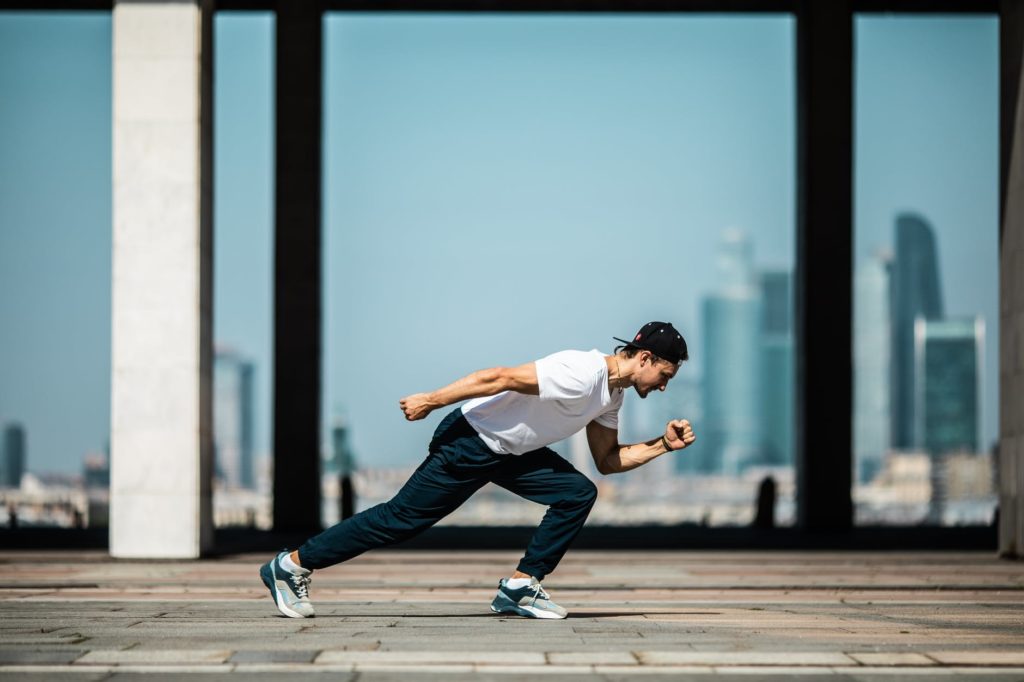
Humans naturally pronate. Pronation is your body’s natural way of balancing itself during any high-impact activity. Despite all the advances in sports physiology and biomechanics, I hesitate to assume that we know better to ‘correct’ Nature. Hence, I recommend that you trust your body to do what it already does naturally.
Go for neutral shoes unless doing so is contrary to professional medical advice. Do not fret over having a textbook running form. Stay clear of shoes that claim to ‘correct’ your form by significantly altering your running gait. Let’s not forget that Emil Zatopek clinched the 5,000m and 10,000m Golds at the 1952 Olympic Games in spite of his distinctive running style and basic racing flats. As the legend himself said, “This isn’t gymnastics or ice skating, you know.”
(4) Price
Expensive running shoes are not necessarily ‘better’ compared to their lower-priced counterparts. Companies will market a bundle of novelties (special plates, special foams, special features etc.) in a bid to justify ostentatious retail prices. Many of such shoes typically go on discount a year after their release.
Alas, the true value of a shoe (in terms of dollar cost per kilometre) can only be determined after miles of usage. And a shoe that fulfils the criteria of Aesthetics and Fit are likely to be well-worn, regardless of its price. Thus, let your decisions be guided primarily by those two factors. Price always comes secondary. Do not be misled by a running shoe company’s marketing pitch; not all that glitters is gold. Remember, the biggest gains in speed and endurance come not from better shoes, but from better training.
Don’t complicate running
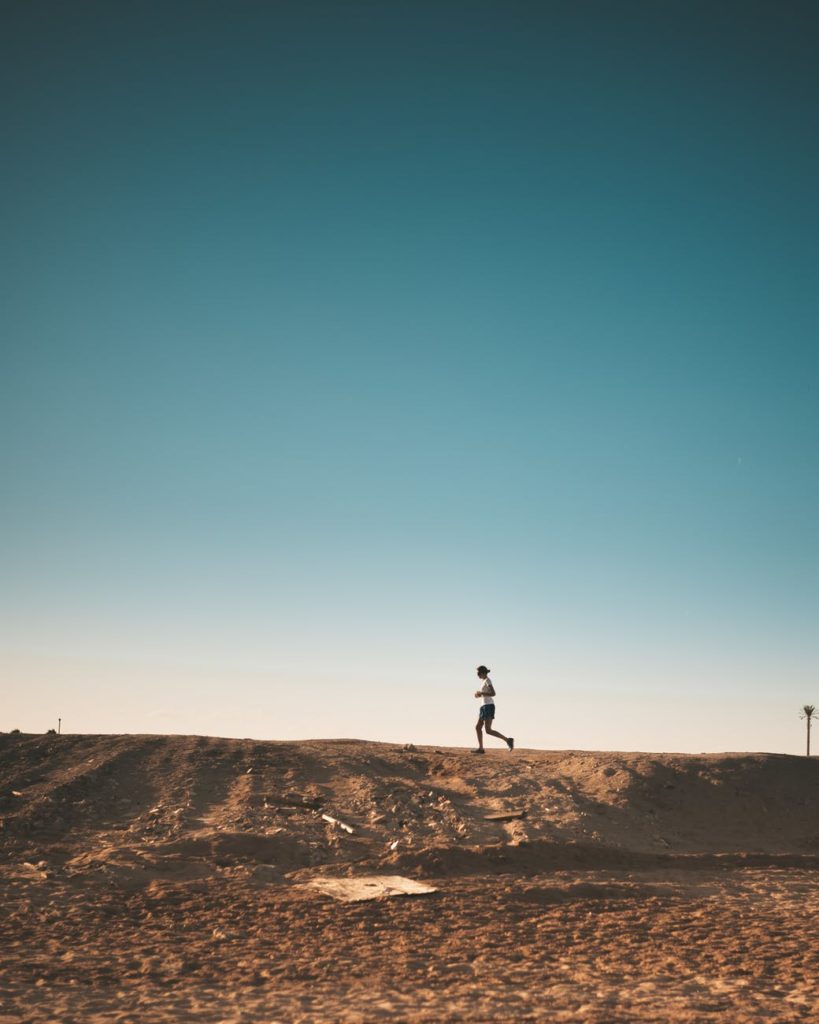
There are many intricacies that can be delved in to greater detail beyond the four factors mentioned above. Topics like heel-to-toe drop, midsole material, the ethics of performance enhancers, whether carbon-plated shoes should be banned … such technicalities continue to be widely debated among the running community. But for new entrants to our sport, such debates hardly matter; running is primarily about having simple, unadulterated fun.
For what it’s worth, I believe that running should remain simple and free, metaphorically and sometimes literally. My current favourite shoes are a battered pair costing below $100. It features no fancy gimmicks; just a brand-less slab of midsole EVA foam and outsole rubber glued onto an engineered mesh upper. At the time of this writing, I’ve logged approximately 500km in them. I foresee them lasting up to 800km, hopefully even further. It looks and feels unremarkable vis today’s high-tech $349 racing shoes. Nevertheless, my well-worn pair of shoes do a fantastic job of introducing me to new places and fresh experiences. What more could I ask for?


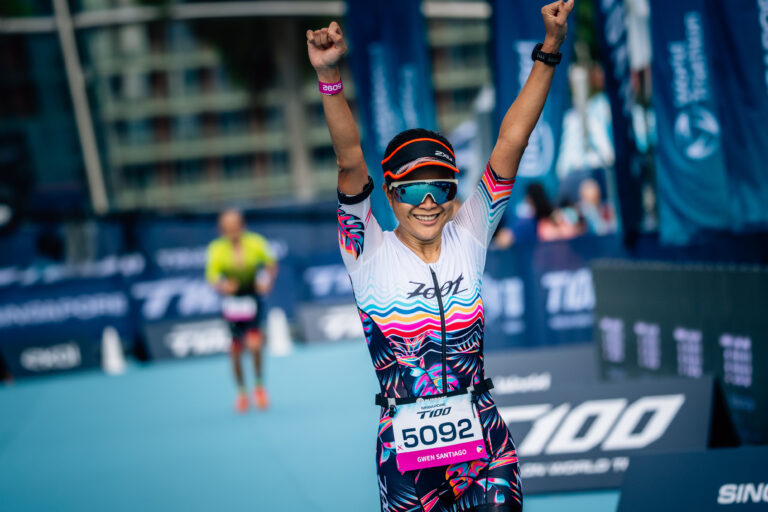
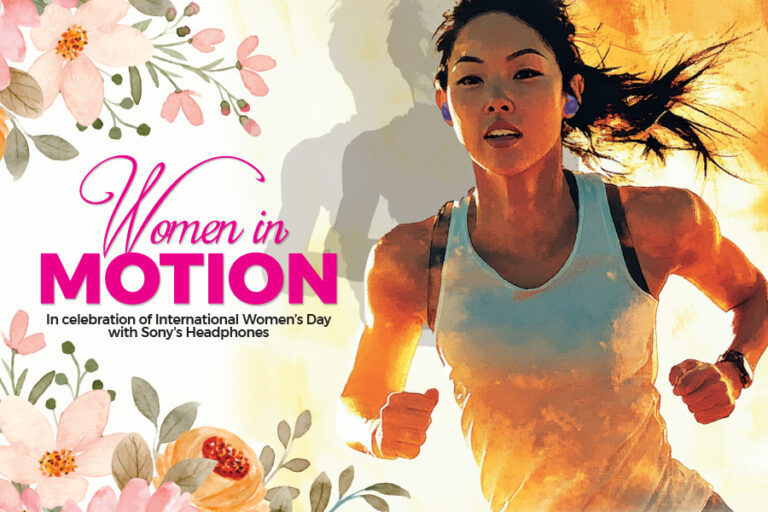



Comment (0)